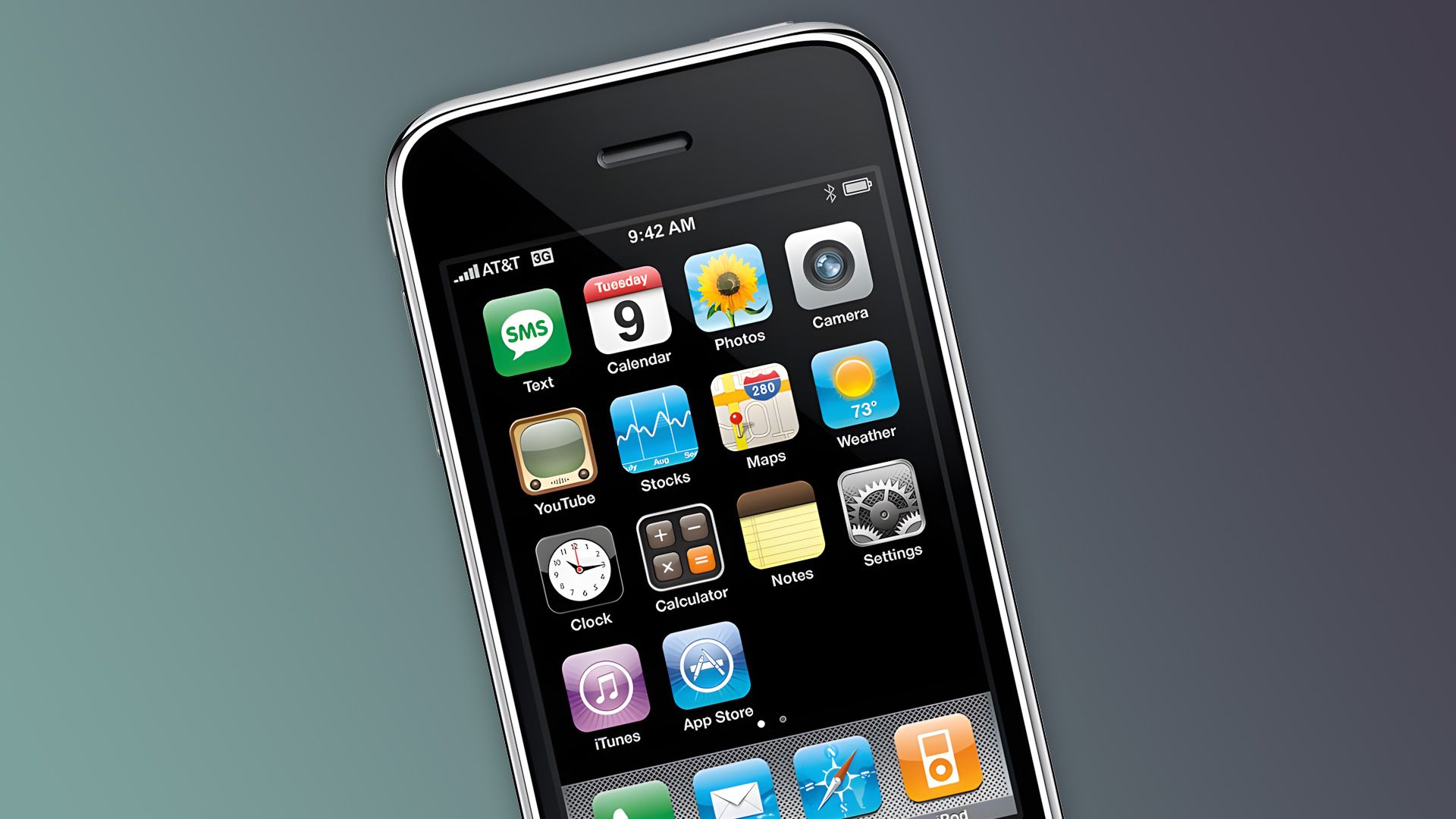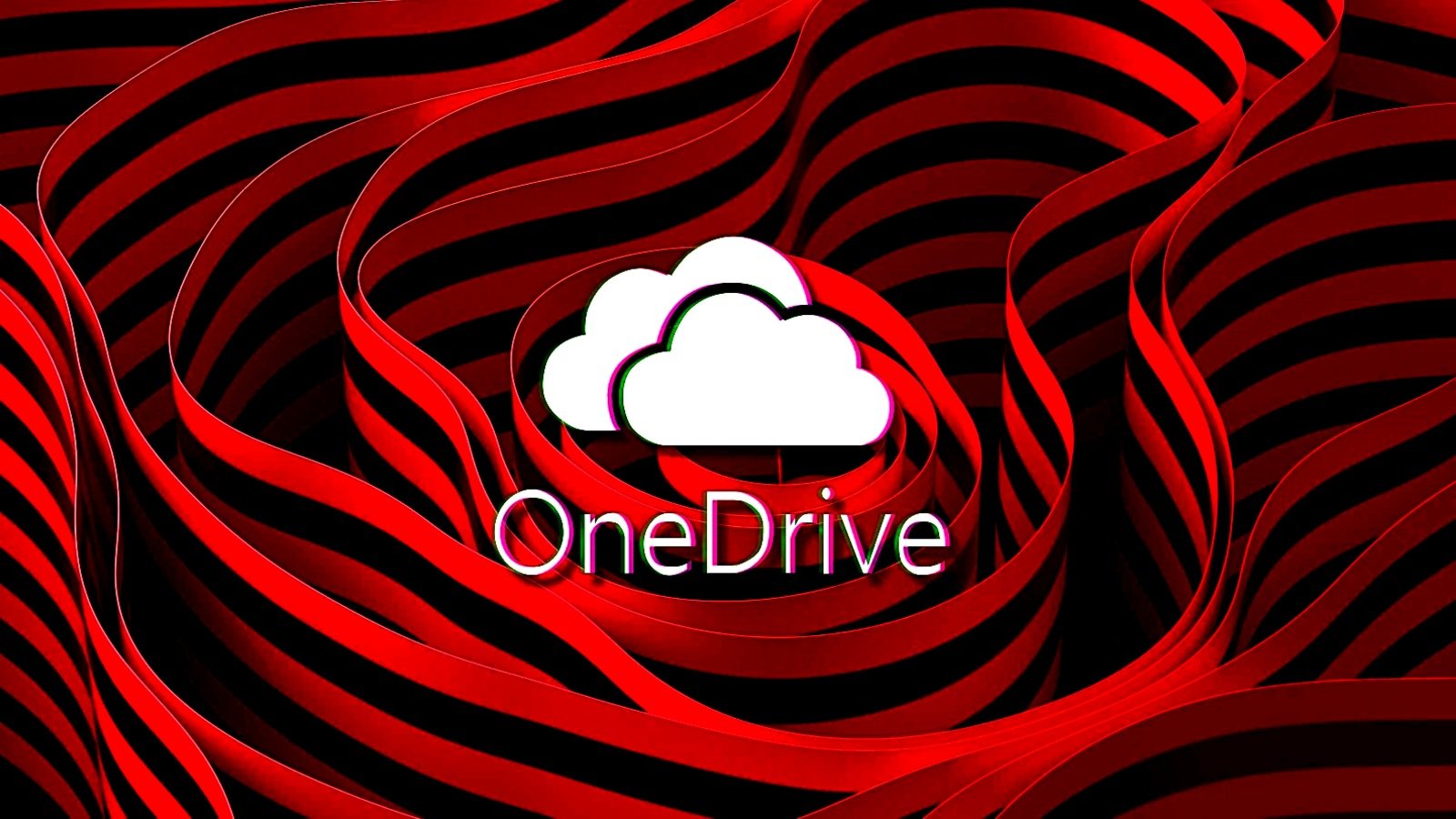
In an amazing piece of technology history, a Nokia internal presentation from after the iPhone’s 2007 unveiling shows what the company was thinking, and what Nokia got wrong in its analysis.
Nokia recently unveiled an online repository of its designs at Aalto University in Finland, which opened to the public on January 15, 2025. The Nokia Design Archive is chock-full of design notes, sketches, and photographs of various mobile phone prototypes and experimental designs dating back to the mid-1990s, when the company was the king of the hill in mobile phones with nearly 50 percent market share, according to Statista.
Among the materials is a confidential internal presentation created for Nokia’s leadership in which nine employees provided a remarkably prescient competitive analysis of the threat posed by the just-announced iPhone. The slide deck offers a glimpse into Nokia’s assessment of the competitive landscape and the danger Apple’s handset posed to its dominance.
The presentation was put together after then-CEO Steve Jobs unveiled the first iPhone on January 9, 2007, at the Macworld trade show and shared with Nokia’s top brass the following day. The slide deck is titled “Apple iPhone was launched (yes, it is ‘iPhone’ *),” with a footnote explaining that “Apple has agreed with Cisco on using the name, details not known.” The team which created it got many things right but missed some key moments regarding how the iPhone could disrupt the status quo in the mobile phone industry.
For starters, the team didn’t put much emphasis on the importance of having an easy-to-use application store where people could download third-party apps. “No mention either of Java support, unusual user input method may be the reason. Lack of Java would shut out a big mass of existing software,” it reads. The iPhone has never supported third-party runtimes like Java or Adobe Flash, which Steve Jobs killed. Instead, Apple unveiled the App Store in 2008 alongside the iPhone 3G, and the mobile app market exploded.
Nokia didn’t think having the internet in your pocket would be a thing for the built-in Safari browser “with touch zoom-in functionality” was only mentioned in passing. Also, they deemed the iPhone’s “predictive, corrective input from onscreen qwerty-keypad” a lowkey feature.
Although the onscreen keyboard is mentioned on a deck titled “Other Great Innovations,” Nokia wasn’t convinced typing on a slab of glass would take off in a big way. “Even though Steve Jobs emphasized iPhone superiority to ‘Buttons,’ it is to be expected that the Consumer QWERTY category will continue to succeed,” it reads.
Nokia wasn’t alone in thinking touchscreen keyboards wouldn’t catch on. RIM is another company that would go on clinging to the physical keyboard until it was too late. For context, RIM’s BlackBerry with its addictive clickety-clack keyboard was a must-have device in corporate environments at that time. Microsoft, whose then-CEO Steve Ballmer famously ridiculed the iPhone for its lack of a hardware keyboard, was another company that didn’t believe in touchscreen typing. The whole thing is utterly fascinating to read because it reveals that Nokia, aware of the threat posed by the iPhone, didn’t really have a clue how to effectively respond to Apple’s announcement.
The presentation also got many things right. Calling the iPhone “a serious high-end contender,” it praised the patented multi-touch user interface which “may set a new standard of state-of-the-art” for the whole market with its visuals and responsiveness, offering “unparalleled ease-of-use” and “cool, seamlessly integrated internet applications.” It said the “new user interface may change the standards of the superior user experience for the whole market.”
The confidential presentation warned Nokia’s executives that the company “needs to develop touch UI to fight back.” It proposed that Nokia’s S60 software platform be the focus of those efforts. “Nokia needs a Chief UI architect to re-energize Nokia’s UI innovation across platforms and businesses,” it said. Unfortunately, the writing was already on the wall for Series 60, and there was not enough time left for the company to devise a viable answer to the iPhone’s sophisticated operating system.
Nokia was especially afraid of the threat posed by a so-called “iPhone mini,” which it thought could crack open the mass market with affordable prices. The team called for the leadership to “plan counter-measures” and kill the market for the iPhone (“such an expensive device”) by “filling mid-range with own/Google/Yahoo experiences.”
In another section, the presentation cautions that the “iPhone will capture the coolness in US media.” This is an interesting observation because Nokia was the coolest mobile phone brand back then, especially popular with teens. “If Apple succeeds in this target at the announced price point, it will create a new high-end market” for handsets, it said.
Apple’s phone went on sale six months later, on June 29, 2007. Nokia invested more in the Symbian platform after that, and then pivoted to selling devices running Windows Phone, with the company’s phone division eventually being purchased by Microsoft. Symbian and Windows Phone weren’t strong enough competitors against iPhone and Android, and Microsoft started mass layoffs in Nokia’s former phone division in 2014.
Source: Aalto University via John Gruber
Source link











